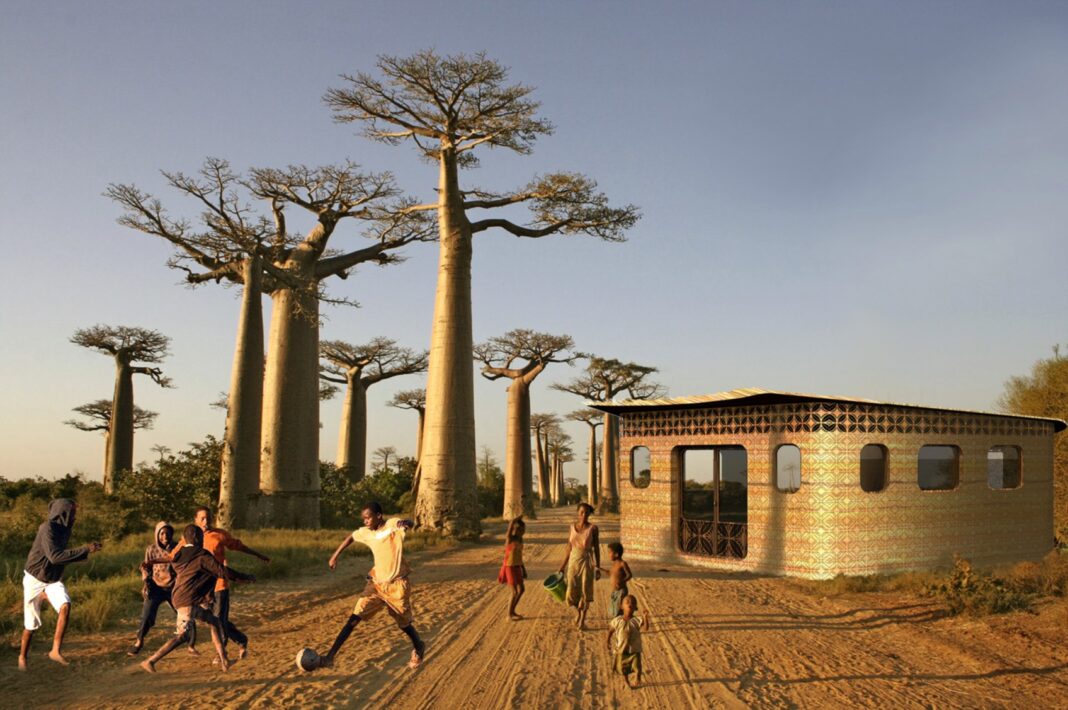There is a great shortage of schools in Madagascar. The lack of educational infrastructure means that few children have a good education here. A new project can help with this problem. The non-profit organization Thinking Huts has entered into a partnership with the architectural design agency Studio Mortazavi.
Their joint efforts will create the first school to be created in 3D printing. It is the creation of the campus of the University of Fianarantso in Madagascar. Several countries were considered where the construction of schools with the help of 3D printing would take place, and in the end Madagascar was chosen because there is a lack of opportunities for education.
3D school printing technology
The technology developed by the Finnish company Hyperion Robotics will be used for 3D printing of the school. Members of the local community will learn how to replicate the process to build more schools. With the help of 3D printing, it is possible to print a school in less than 1 week and at a lower cost than if the school were built in another way. Even the environmental impact is lower with this method of construction because less material is consumed. 3D cement mix produces less carbon dioxide than traditional concrete. The building consists of individual pods, which can be connected to each other and thus the building can be expanded at will. The pilot project in Madagascar will also have vertical farms on the walls and solar panels on the roof.
Project Thinking Huts
The founder of the Thinking Huts project is Maggie Grout. The construction of one school building will cost only $ 20,000, and if more people are involved or more buildings are built, the total cost will be further reduced. Construction will begin on the Ecole de Management et d’Innovation Technologique campus in Fianarantsoa.
“There is an opportunity for us to combine technology with humanitarian-driven goals. I envision a future where we close the global opportunity gap, ” said Maggie Grout, Founder of Thinking Huts. “Education is at the root of tackling many problems the world faces today such as inequality, health epidemics, and economic growth. In order to cross the frontier, we must embrace innovation.”
The plan for Hut v1.0 reads, “We will use locally-sourced materials, remaining conscious of our environmental impact, and implement more additive manufacturing processes as the technology advances, adapting to each community’s environment. Initial plans call for solar power, internet access, desks, chairs, and tables. The Hut will have a secure door and operating windows. ”
This project could be an inspiration for the construction of schools in other places where there is a lack of buildings for education. For more informations visit Thinkinghuts.org
Source & credit
https://www.thinkinghuts.org/



















